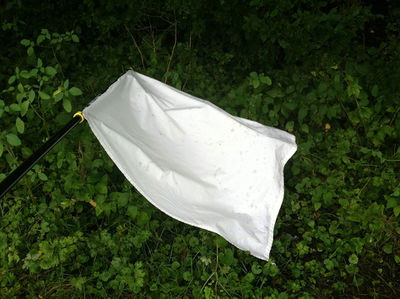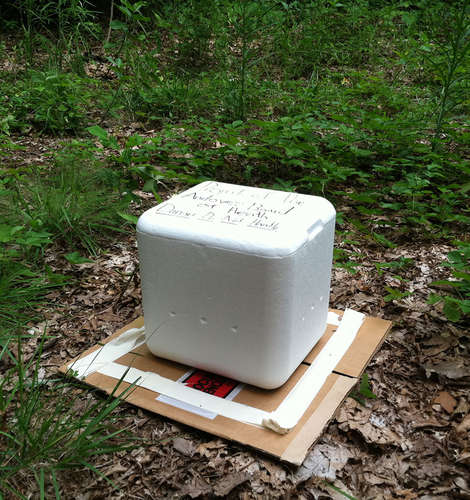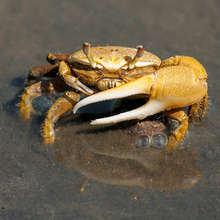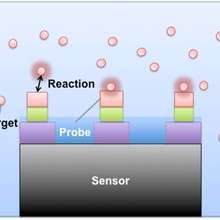Tick and Lyme disease
Summer signifys the return of the deer tick to several regions of the United States. As summer progresses, bites from a questing tick will put millions of Americans at risk for Lyme disease. Unfortunately, the incidence of Lyme disease has been dramatically increasing across the U.S.over the past decade. Many public health departments are desperately searching for a solution.
In an effort to control the population of infected ticks, some public health departments have begun focusing on the tick’s primary blood meal – the white-tailed deer. Deer are an important host for ticks, with as many as 90% of ticks feeding on at least one deer throughout their lifetime. Without a large deer population, ticks may not find the blood meals they need to survive. Research has suggested that limiting the number of white-tailed deer will decrease the density of deer ticks and lower the risk for Lyme disease to humans.
In a controversial turn of events, some Amreican towns have decided to allow hunting on public land in an effort to reduce the deer population and decrease the tick density. As towns begin to allow hunting, there is a need to measure the program’s impact on tick densities. Working with a small Massachusetts town, researchers have developed a tick surveillance program to determine the tick densities on deer-hunting grounds over the next five years.
Tick collection methods
Two methods of tick collection were tested for this program: tick trap and tick flagging. In both cases, the ticks collected is recorded and released back into the underbrush.
Ticks arracted by the carbon dioxide released from the dry ice inside a foam cooler will get stuck to the double-sided tapes surrounding the cooler (see featured image). These traps placed in the underbrush of wooded areas where deer-hunting occurred were collected 24 hours later. The tapes wre inspected with a magnifying glass for deer ticks.

During a flagging event, a researcher drags the tick flag, a 3 by 3-foot white cloth attached to the end of a 6 foot telescoping pole, through the underbrush of wooded recreational areas.It is Questing ticks will attach to the cloth (see picture). The cloth is then collected and examined for deer ticks with a magnifying glass.
Since this program is intended to enumerate ticks, no additional testing was required. Tick traps and tick flagging have been shown to be reliable tick collection methods. However, it was found that the traps were more expensive and harder to deploy than “flagging.”
If hunting successfully lowers the deer population, the surveillance system may show a decrease in the tick density.





